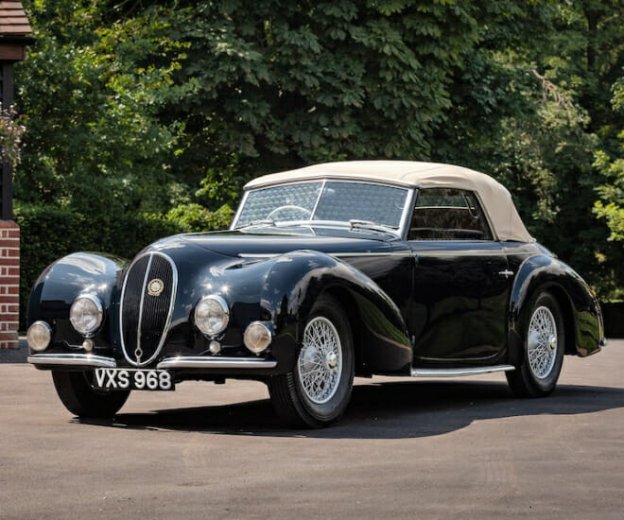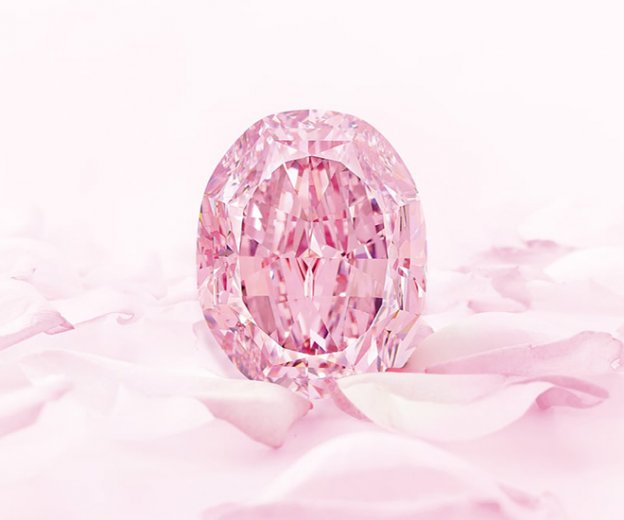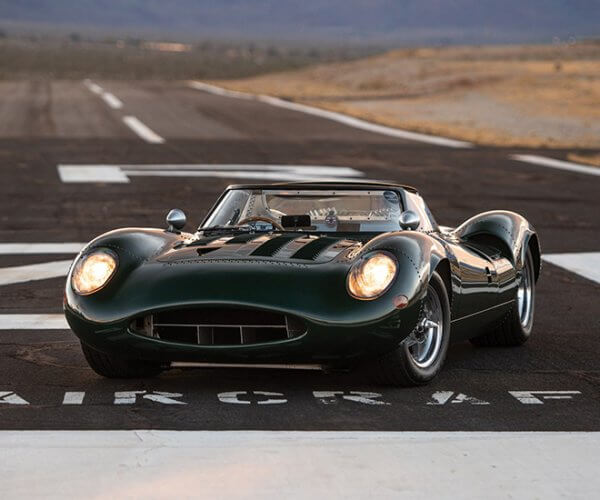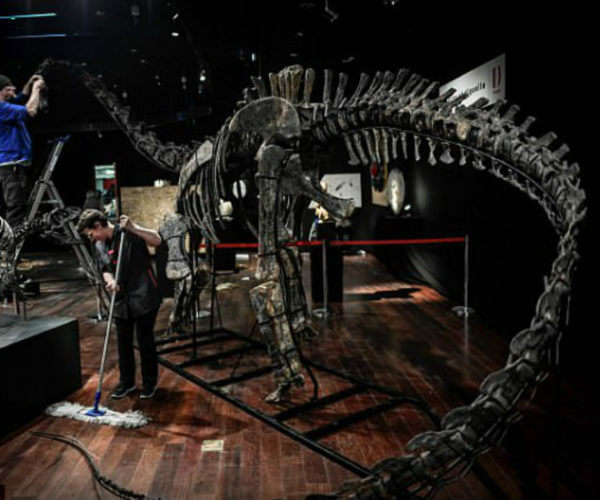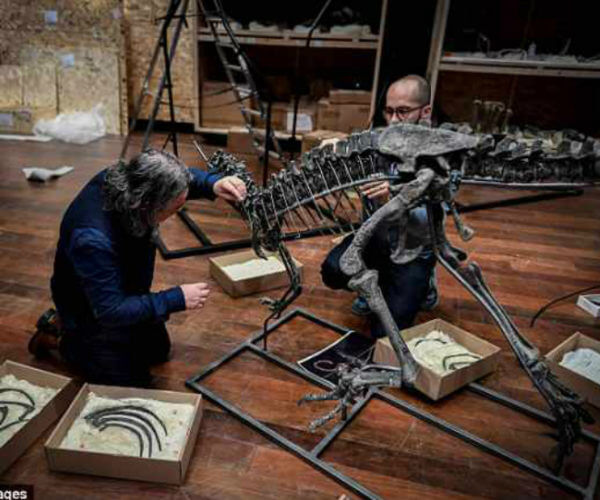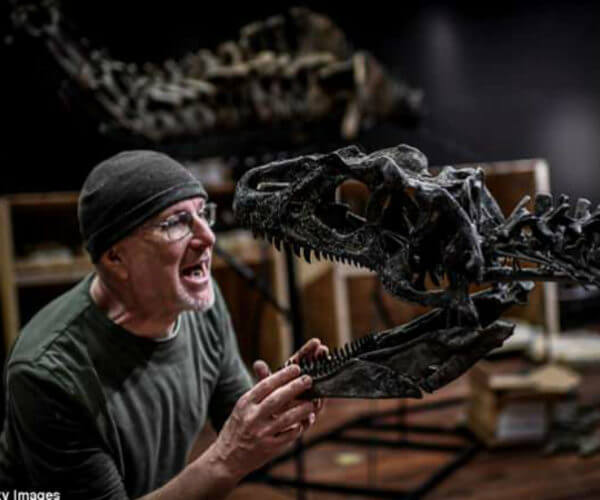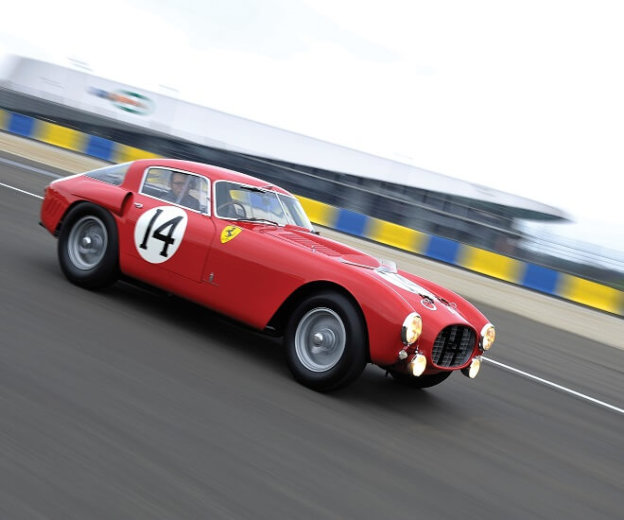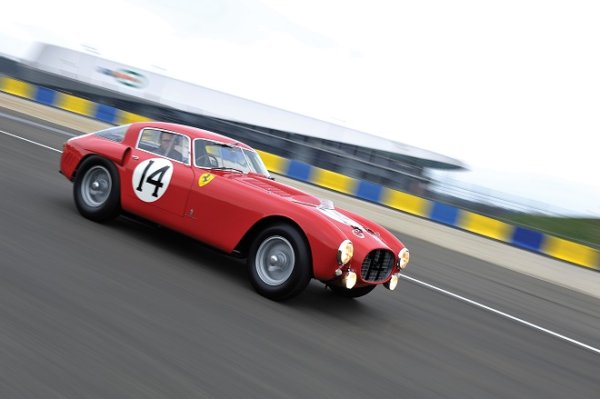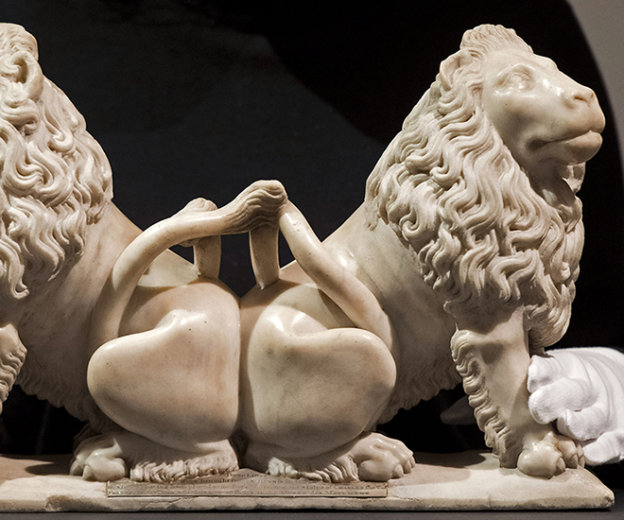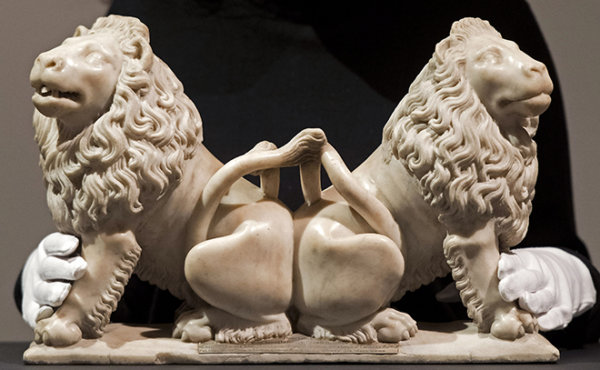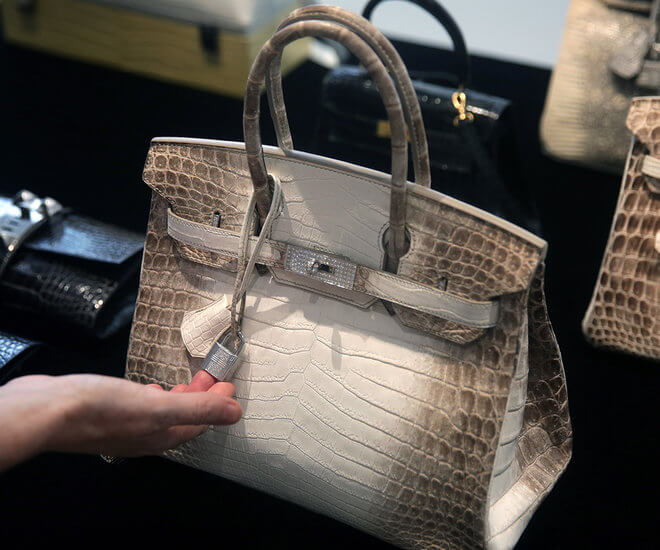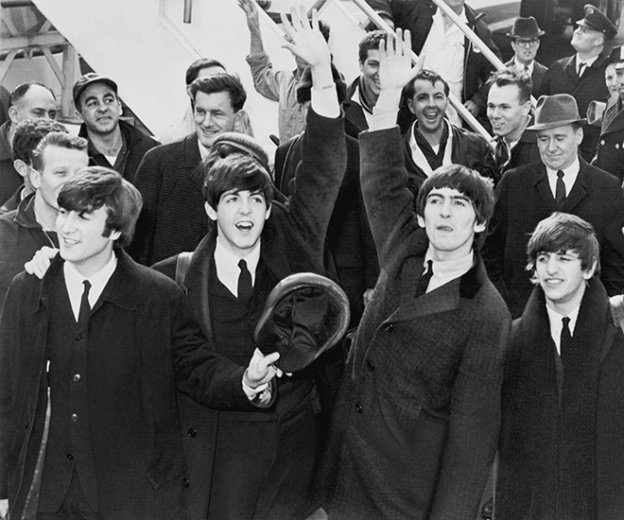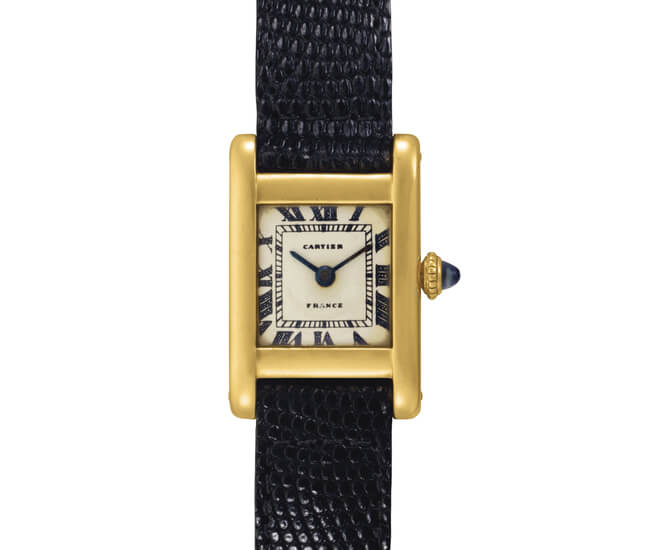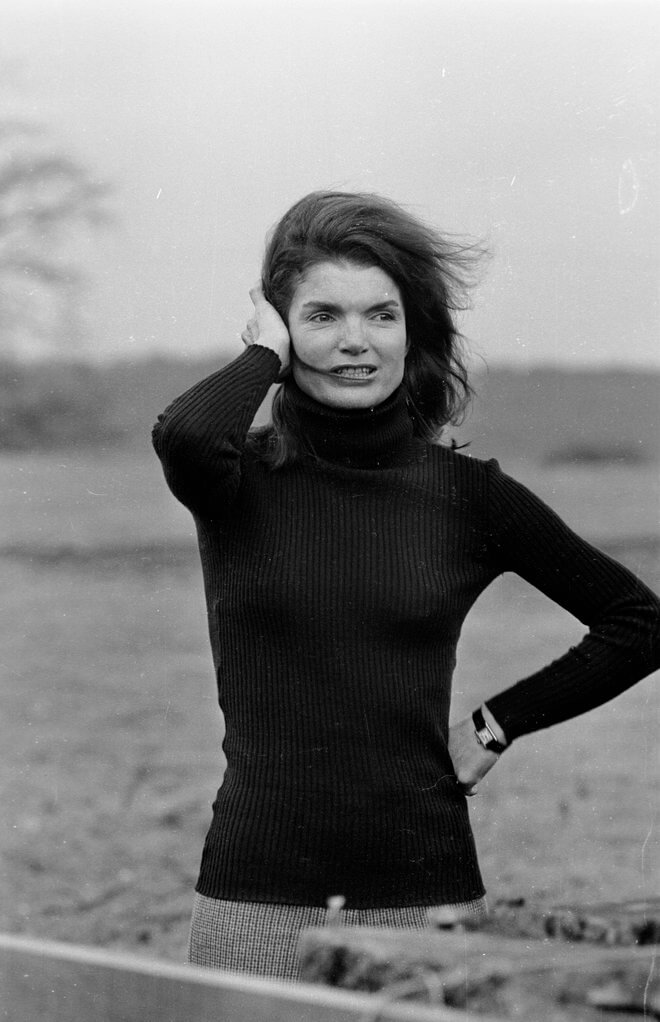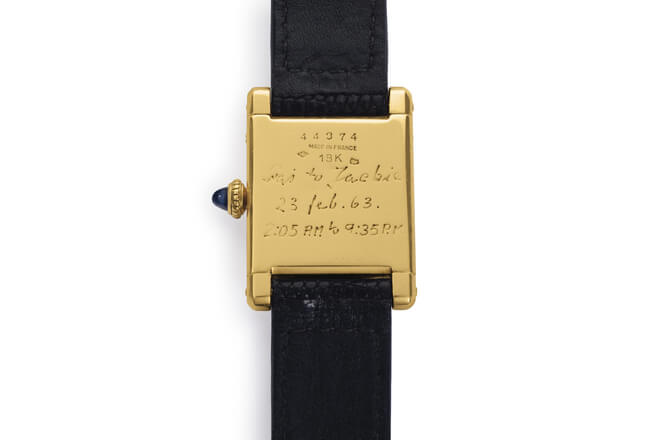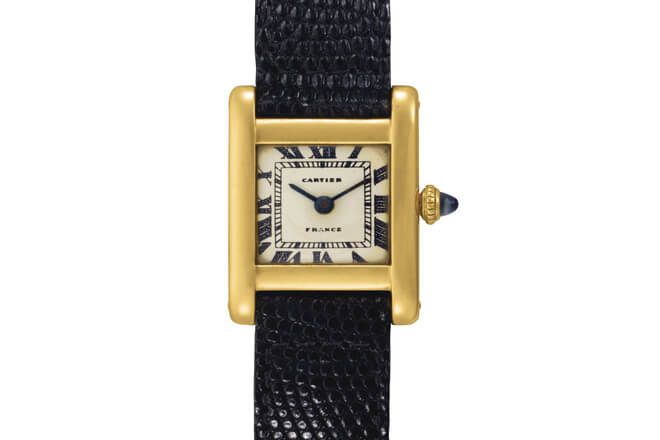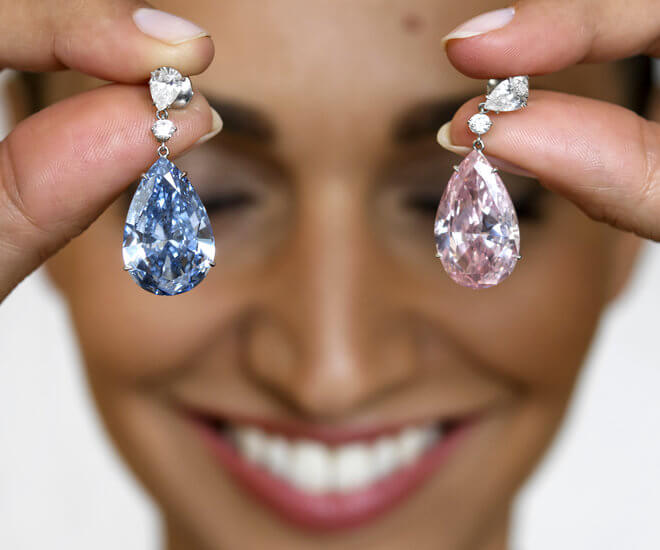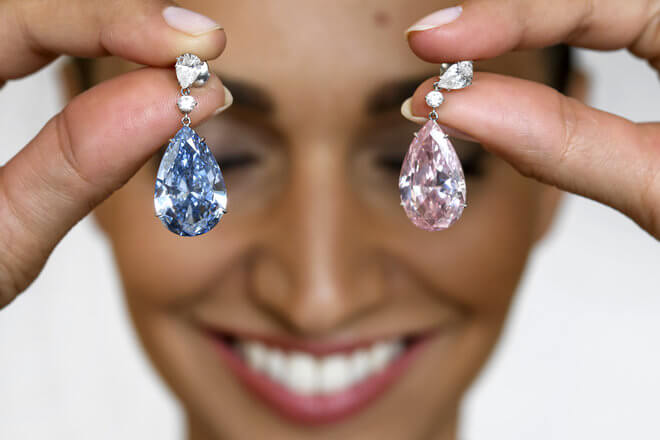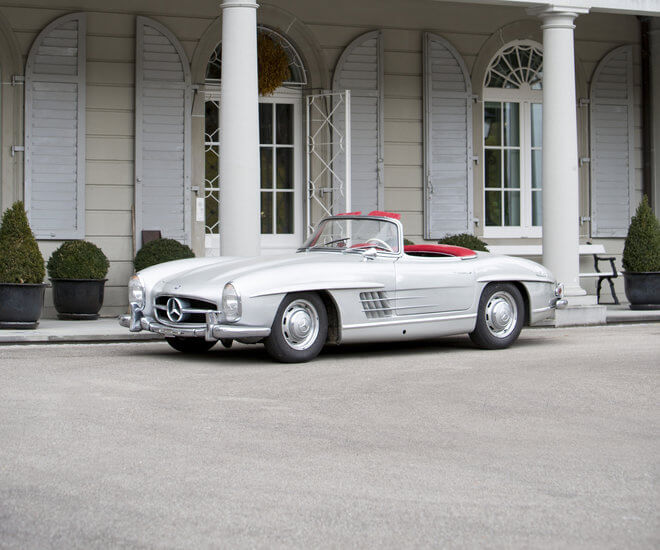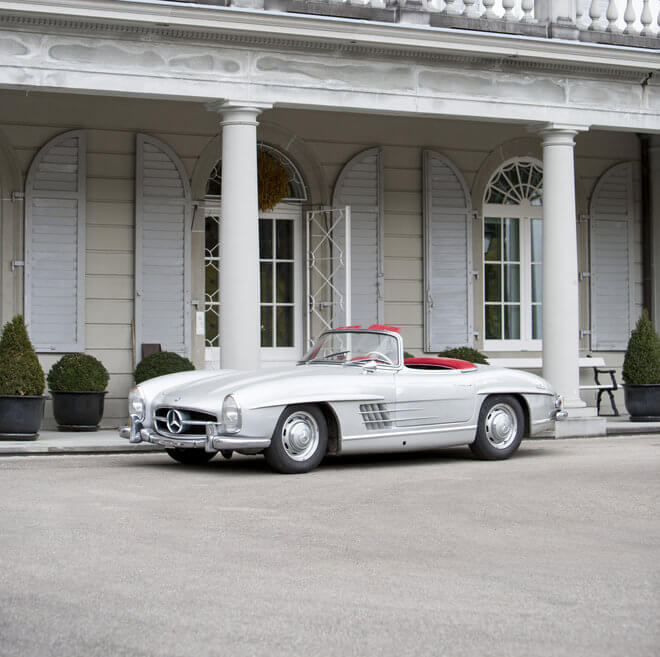
Image: H and H
This gorgeous 1946 Delahaye Type 135M Cabriolet is set to go on auction on September 8 by H&H Classics at the Imperial War Museum Duxford. It is reportedly estimated to fetch between £250,000 to £300,000.
Believed to be only one of two ever made, this Grande Routiere would be a proud addition to any classic car collection. Its sister car, chassis 800320, was offered for sale with a guide price of US$450,000 to US$650,000 in 2017.
The one about to go on auction, however, was beefed up with a more powerful Type 12S 103 engine at some point in its life. According to H&H Classics, it’s rumoured to have been installed by the factory. The engine features three inlets and six exhaust ports plus triple Solex carburettors. This configuration is said to allow the Type 135M to “keep up with modern traffic”. This car is also fitted with Cotal’s unique electromagnetic four-speed gearbox, which is designed for a comfortable yet engaging driving experience.

Image: H and H
Since Delahaye lacked its own coachbuilding facilities, the company entrusted this part of the process to a laundry list of top French ateliers. This led to some of the most flamboyant bodywork seen at the time. The 1946 Delahaye Type 135M Cabriolet above, however, had coachwork done by Swiss coachbuilder Graber. Conscious of the masterpieces created by their French counterparts, Graber decided to go with a more elegant design instead. That’s why this model features more complex panel curvature than flashy chrome accents.
The car was supplied new to Lucerne, Switzerland before migrating to Bern in 1956. Two years later, it was moved to Thun, where it would remain under single ownership until 1998. Over the years it received high-quality restoration work, including bodywork refurbishment, an interior re-trim as well as a new hood. Under current ownership, it received further cosmetic enhancements and was even invited to attend the world-famous Pebble Beach Concours d’Elegance in 2017.

Image: H and H
History of the Delahaye Type 135
The Type 135, arguably Delahaye’s most popular model, was first launched at the 1935 Paris Salon. It has seen numerous iterations over the years, including the Type 135M above. When the Type 135 first arrived, it was noticeably stiffer and lower-slung than its predecessors, and its chassis featured box-section side rails.
Its suspension system was also unique, featuring an independent front suspension with a lower transverse leaf spring and upper wishbones connected to longitudinal torque arms. The live rear axle, on the other hand, was supported by semi-elliptic leaf springs mounted outside the main chassis rails.
The Type 135’s obvious competition potential has seen various accolades over the years. It was a successful racing car in the 1930s, with outright wins at the Coupe d’Automne, Mont Ventoux hillclimb (1936), Donington 12-hours (1937) and Le Mans 24-hours (1938). Furthermore, in 1939, esteemed racing driver and whisky heir Rob Walker’s Type 135S outran Alfa Romeo 8C 2900 and Talbot T150SS competition to claim the title of ‘Britain’s Fastest Road Car’ at the Whit Monday Brooklands meeting.
By Terence Ruis
